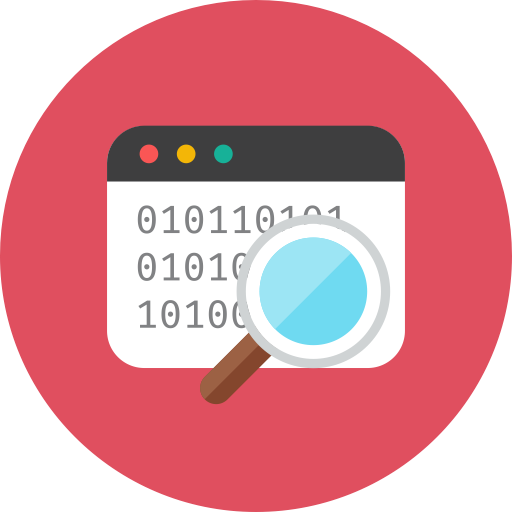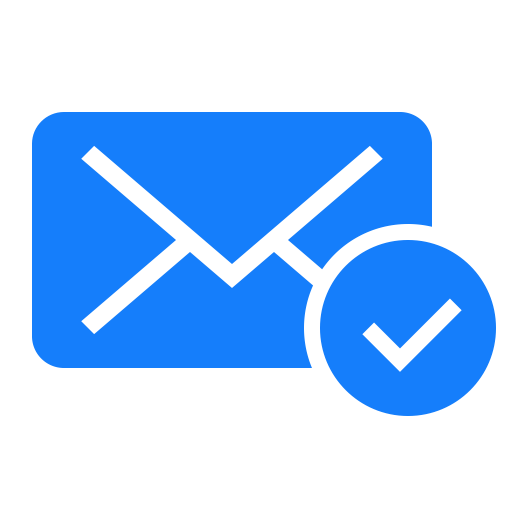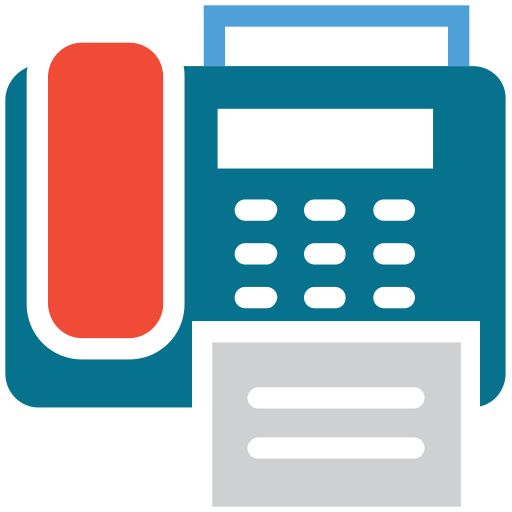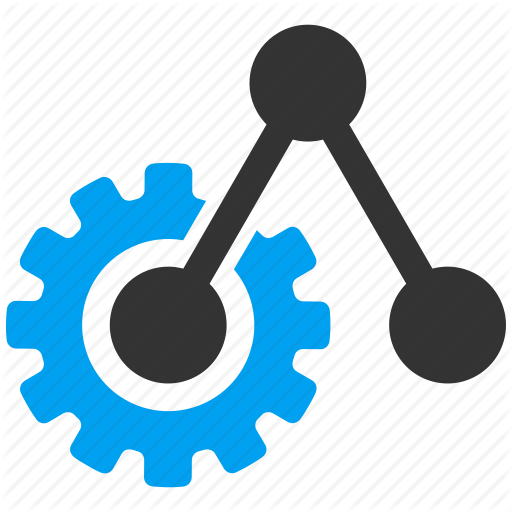U-Charts
Tangent EMR is the ONLY software in the industry that truly adapts to the physician’s clinical evaluations rather than the other way around. Tangent EMR does not have any preloaded templates. At Tangent we know that each physician is an individual and no template can truly be designed as a “fit-all” solution.
At Tangent we do not suggest that you adapt, customize or tweak one of our preloaded clinical evaluation templates. At Tangent we work with you and create a clinical evaluation that is truly as unique and you are.
U-Charts: The name says is it all. A software tool designed to create a clinical evaluation template just for you. This patent pending technology was created to develop clinical evolutions within the EMR without the hassle of customizing existing or preloaded templates.
How does U-Chart work? The one word answer is “SIMPLE”.

Adapting or Converting of Existing Clinical Templates: U-Chart takes any document and converts it into U-Chart template. Currently, whether you are using paper or an EMR system to conduct clinical evaluations, U-Chart will take those templates and integrate them into Tangent EMR however that’s just the beginning, once the integration is completed a new customized, truly unique U-Chart will be created on a single screen with entire clinical evaluation displayed as one document.
Creating a New Template: at implementation, our trained and certified engineers create clinical evaluation templates so you don’t have to waste your valuable time doing this work. U-Charts works just like a simple word processor. If you can type an email you can create, modify, add, delete an entire template or sections of an existing template. As you type, U-Charts converts the writing into a “Point & Click” document automatically.
Fire Your Transcriptionist: With U-Charts physicians are 100% in control. The entire clinical evaluation is a document that requires no typing or dictation. It’s truly a “Point & Click” system. In a “Form View”, physicians are just clicking away on check boxes as the actual report is being typed in “Sentence View”.
There is truly no need to type or dictate anything in U-Charts. The Form View and Sentence View are both tabbed on a single screen, leaving no reason for physicians to jump from one screen to another. At any time if the physician needs to type of dictate, with one click of mouse both features are available of the same screen.
We understand, it’s very hard to believe what we are saying, but we assure you seeing is believing. Please call us at 516-427-5400 to schedule a demo and one of our engineers will be more than happy to show you how we accomplished this achievement.

Physician Control Coding
With the reimbursements getting lower and cost of practicing medicine constantly on a rise there is no room for mistakes, especially when it comes to medical coding.
The million-dollar question is, who is liable for coding mistakes, the coder or the healthcare provider? The answer is, untimely the financial and legal responsibility will fall on the healthcare provider.
Physicians have ultimate responsibility for what is billed under their unique provider number with their signature. Physician’s signature is an admission that everything on the claim is accurate and has been reviewed and authenticated by the physician.
A physician’s signature on a claim also attests that the medical services provided were necessary and reasonable to submit to a payer, therefore accumulating the accountability. It is for these reasons that the provider is usually the one that is fined for fraud and abuse. Providers should protect themselves from coding errors and fines and code all claims themselves. Tangent EMR makes physician control coding possible without any extra work or effort on physician’s part and delivers coding control directly to the physician.
Third Party Billers (Billing Companies) May Not Be Responsible: Many practices have attempted to curb the burden of medical billing and coding errors by contracting with a third party vendor to handle these services. The mistake many providers make is that they believe their exposure to miscoding errors ends because of the contract they have entered into with the third party vendor. This is not true.
The Department of Health and Human Services and the Department of Justice have shown that they are not concerned with third party billing vendors. These federal agencies will hold accountable the name of the physician and practice on the Medicare and Medicaid contracts. There is no contractual wording that will transfer the risk or protect your practice from the errors of a third party biller (Billing companies)
Tangent EMR Delivers Coding Control to Physicians. ICD-9 Codes and CPT Codes are part of each clinical evaluation template created by the physicians in U-Charts. Each clinical evaluation, office based procedure and surgical procedure practiced by the physician has a specialized custom U-Chart, which incorporates ICD-9 and CPT, codes accordingly. With just a click of the mouse at the end of each clinical evaluation and or procedure, physicians will ensure that their license and financial future is not in the hands of clerical billing staff.
Common Coding Mistakes Made By Careless Billers:
Billing the wrong procedure code: With more than 75,000 CPT codes, it is easy to imagine selecting an incorrect procedure code. However, the source of this error is usually not confusion about the procedure performed. Incomplete or inaccurate code descriptions on encounter forms, cheat sheets, and electronic charge systems are a significant source of error. Failing to read the editorial comments at the start of the section in the CPT book or the notes near the code is another source for this type of error.
Incorrect use of modifiers: Modifiers are two-digit codes added to a service that tell the payer of special circumstances. The billers often use either CPT or HCPCS modifiers incorrectly. Misunderstanding, incorrect information, or a desire to get a claim paid leads to use of incorrect modifiers. However for both compliance and revenue reasons, correct use of modifiers is critical.
Failing to link diagnosis codes: A CPT or HCPCS code tells the payer what service was performed. The diagnosis code tells the payer the reason for the service. Some patients present for more than one condition and may require unrelated services. Other patients may receive a service that is only covered for a specific indication. For example, a patient presents to a family physician for hypertension, but has a wart destroyed at the same visit. The code for the office visit must be linked to hypertension, and the code for the wart destruction must be linked to the diagnosis code for warts.
Up-coding: Up-coding occurs when a medical billing code is improperly changed to one, which represents a more severe diagnosis or treatment. This is illegal and can cause your bill to be inflated. Common examples of up-coding include things like coding for a name-brand medication when a generic one was used, or coding a regular office visit as inpatient care.
Unbundling: Unbundling occurs when charges that normally fall together under one billing code are listed separately. This can make your bill a lot higher because the items should be billed at a package rate. An example of unbundling can occur if multiple medical tests which should fall under the same code are billed separately.
Diagnosis coding and medical necessity: Payers are increasingly raising the questions about the issue of medical necessity. Medicare generally defines medically necessary services as those that are “reasonable and necessary for the diagnosis or treatment of illness or injury or to improve the functioning of a malformed body member.”
Other payers have their own variations on the definition, but in short, medical necessity is doing the right thing for the right patient at the right time and place. Claims for services that don’t meet medical necessity requirements are typically denied straight out; if they’re paid in error, the reimbursement may be recouped in the future. The denial explanation may be “non-covered service” or “not medically indicated.”
Tangent EMR Cures All These Medical Coding Issue:
Each customized template in U-Charts has only the relevant codes pertaining to that evaluation or procedure thus reducing the risk of selecting the wrong code. Furthermore since physicians themselves are choosing the codes the margin of error becomes almost zero.
Electronic Prescribing (e-Rx)
Electronic prescribing technology allows healthcare professionals to safely and securely transfers prescriptions to the pharmacies through electronic prescription tools.
Tangent-eRx (e-prescribe) is designed to eliminate errors and speed up secure transfer of information between healthcare professionals and pharmacies. The system offers improved patient safety, prescribing accuracy, efficiency and reduced health care costs by precluding adverse drug reactions.
Tangent-eRx Benefits:
- Provides real time drug data
- Real time benefit details and formulary data
- Access to medication history nationally
- Web Based Secure
- State specific e-prescribing regulatory compliance
- Automated patient-specific clinical information and demographics
- Comprehensive online drug reference guide
- Order renewals, refills or prescribed

- Web-based technology makes sure faster access and greater prescriber mobility,
- Robust reporting capability with the ability to customize report
- Patient-specific Drug Utilization Review (DUR)
- Improves drug surveillance and recall ability
- Compliance programs for improved patient treatment outcomes through better drug utilization tracking
- OTC medications and supplies approved by the FDA
- Fully integrated to work with Tangent EMR and EHR systems
- Improved patient safety and quality of care, reduced medication errors
- Mitigates time spent on phone calls and call-backs to pharmacies
- Decreases time needed to fax prescriptions to pharmacies
- Automates the prescription renewal request and authorization process

Secure E-Mail
Healthcare providers are required by law (HIPAA) to safeguard Protected Health Information (PHI). Providers need to share this information with doctors, clinics, hospitals and insurance companies. A significant challenge is how to efficiently share this information while maintaining HIPAA compliance. Many healthcare providers either resort to snail mail, expensive overnight delivery, or ignore the regulatory requirement and send the information via email in the clear – potentially exposing private data.
Tangent-EHR includes 100% secure email for your practice. The high tech technology used by Tangent-EHR safeguards sensitive information from data loss, theft and abuse by automatically scanning all email and attachments for compliance with your organizational email security policy. It routes sensitive email and attachments to the Secure Mail service for encryption and delivery.
- Scans 300+ attachment file types
- Monitors & filters all outbound email
- Pre-defined compliance rule sets
- Increases compliance & reduces risk
Tangent-EHR’s Automatic e-mail security policy: Encrypting sensitive email and attachments is a HIPAA requirement for healthcare industry. However many healthcare provider may neglect to secure e-mail for any number of reasons making patient data vulnerable to non-compliance and its consequences. Healthcare providers need an encryption service that is smart enough to correct human error with an automatic e-mail security policy to protect their practices and patients. Tangent-EHR comes fully loaded with a built in secure e-mail service.
Email security policy solution: Tangent utilizes Secure-eMail-Gateway, it’s an intelligent monitoring solution that provides an email security policy safety net. It scans all of your outbound email and attachments for sensitive content as defined by your policies. Messages are identified and routed for encryption. Secure-eMail-Gateway automatically checks that communications comply with your most current policy rules and relieves employees of the need to be up to date on multiple regulations and policies.
Tangent-EHR Provides More Than A Simple Screening Solution: Tangent-EHR utilizes Secure-eMail-Gateway’s filtering which is more precise than other systems because it doesn’t rely solely on simple pattern matching for screening. The Gateway scans and filters outbound mail for exact matching account numbers or other data attributes specific to your healthcare organization. The Gateway can also notify senders when their messages have been sent securely which helps to educate employees and reinforce healthcare organization’s email security policy.
Benefits:
- Successfully attest to Meaningful Use Stage 2 requirements
- Exchange Electronic Health Records via the industry standard Direct Secure Messaging protocol
- Improve compliance
- Minimize exposure to regulatory violations
- Cost containment
- Demonstrating commitment to protecting sensitive healthcare information
- Improve Service and Contain Costs
- Harness the convenience of secure mail and the power of cloud computing
- Minimize risk
- Protect your practice and reputation by preventing data leaks
- Increase patient loyalty and Build patient trust and loyalty
Secure E-Fax
EHR data security meets privacy and all HIPAA requirements, monitors state and federal regulations to ensure your practice is always compliant. Your data will be both secure from intrusion and constantly backed up.
- Direct messaging: Secured web e-mail exchange
- Maintain confidentiality of patient data
- SOAP notes
- Patient Portal Requests
- Internal office communications

Physician EHR Integration
Sends seamless electronic lab orders and receives the electronic results, alerting the provider of the available information for review and then approval.
- Share results with patients online for free
- Manage the outgoing orders and incoming results
- Real-time clinical decision support
- Supporting multiple lab settings and reference lab work for multiple customers


Clinical Library
A comprehensive and complete configuration in clinical EMR documents; it encompasses a customizable, general, and specialty-specific template of treatment and measurement protocols, and clinical reports.
- Support patient care and improve clinical outcomes through enhanced communication.
- Reduces transcription costs
- Shortens turnaround time
- Supports variety of workflows
- Improves quality
- Increases physician satisfaction
- Improves EHR adoption


